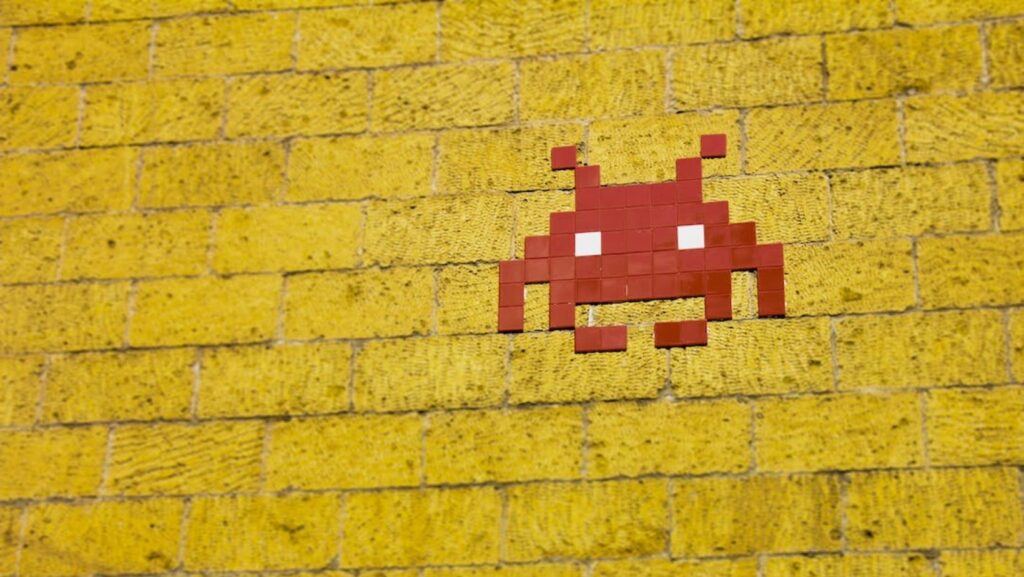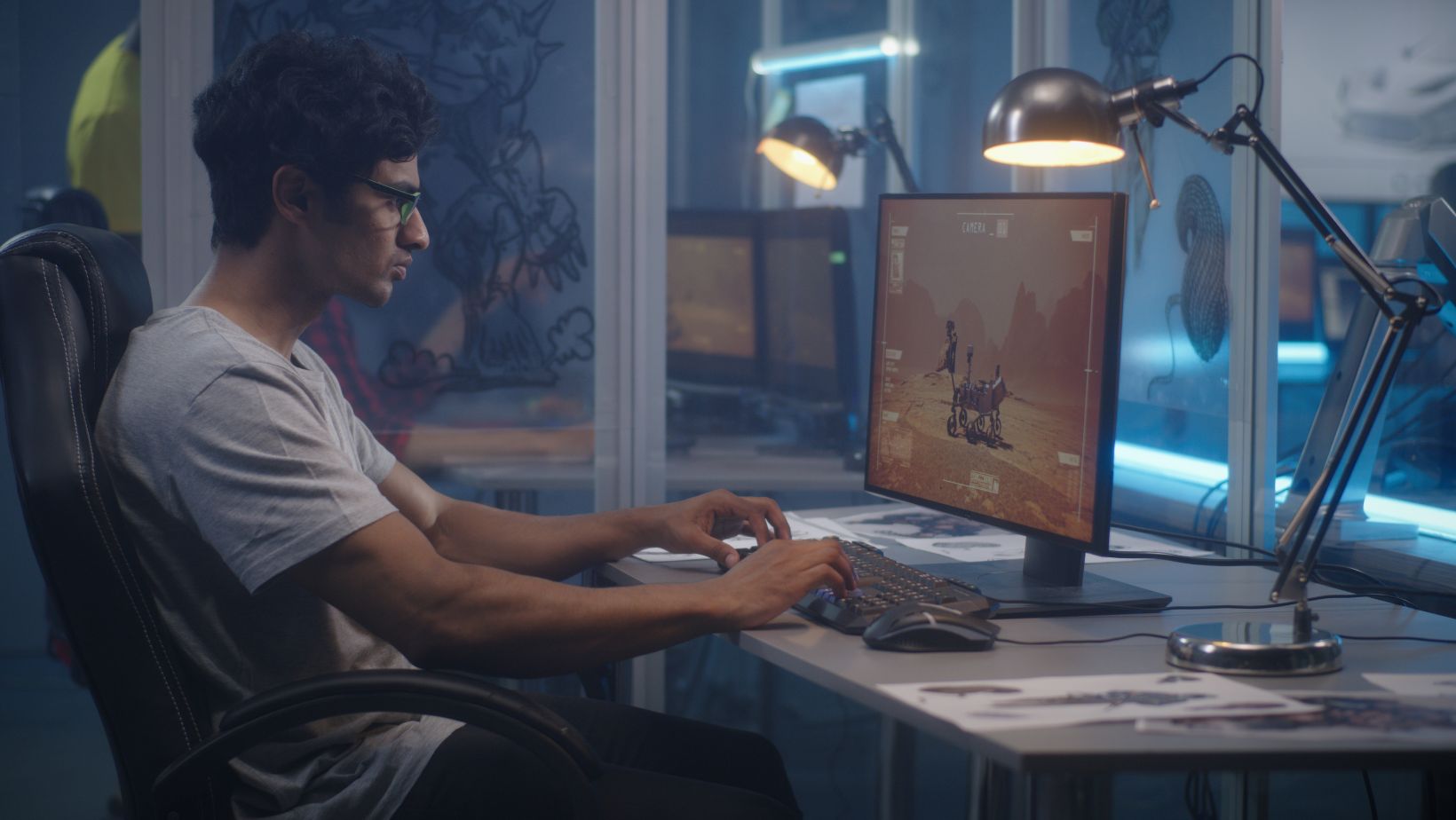
Every great game started with the same thing: An idea
Have you ever dreamt of creating your own game? Of building a new world from scratch? What are we saying? You’re gamers; of course, you have!
Whether you’re dreaming of crafting a simple daily puzzle app or a fully immersive sandbox RPG, developing your own game is one heck of a rewarding journey. And you don’t have to be a computer whizz to get started.
In this post, we’ll guide you through the fundamental steps of game creation so you can turn your dream into a digital reality.
Crafting Your Games Concept
First thing’s first, the idea.
Every great piece of art, literature, music, and game starts with a great idea. Now, your concept doesn’t have to be complex. In fact, some of the simplest games in the world are the most addictive to play. Instead, start by identifying the genre of your game. Are you going for strategy? A shooter? Maybe an anxiety-fueled survival?
Once the genre is nailed down, you can start thinking about unique elements to make your game stand out. Maybe it’s a retro sidescroller, a storyline that pulls on the heartstrings, or a unique animation style. Remember, originality is the key to success, so really let loose here!
Tools of The Trade: Picking the Software
Like any job, using the right tools is crucial to transforming your idea into an actually playable game.
For complete novices, platforms like Unity and Unreal Engine offer a great balance between user-friendliness and advanced features. Unity is great for all your 2D and 3D games.

Plus, it comes with a massive community to source information and support. Unreal Engine, renowned for its high-fidelity graphics, is ideal for games on the more graphically intense side of things.
Consider what your game is demanding and what you can feasibly create with coding when choosing your platform.
From Imagination to Blueprint
Now it’s time for the fun part: how your game’s gonna look.
The easiest place to start is by outlining any core mechanics that power your game. That’ll be what players do and how they do it. With this in mind, sketch out a really basic layout of levels, characters, and any of the more unique gaming elements like power-ups of level bosses.
A well-thought-out design that considers how a player actually moves through the game serves as an excellent roadmap through the development process.
Coding and Building Your Game
Even with little to no coding experience, you can start building an awesome game.
Plenty of game development platforms come with drag-and-drop interfaces and pre-built assets for easy game building. You can even find more in-depth support with dedicated programs like this gambling software provider, perfect for gamers building their dream online casino.
But expanding your horizons and learning a little bit of programming can give you way more control over your game. Languages like C# for Unity or C++ for Unreal are used throughout game development. And there are tons of online resources and communities to help you gain these new skills.
Bringing Your Game to Life
In gaming, visuals and audio are everything. They’re the building blocks that breathe life into your project, making it immersive and engaging.
If you’re not an artist or musician, though, there are scores of libraries online of free or purchasable assets. But if that doesn’t float your boat, consider collaborating with real-life artists and sound designers for a more professional finished product. And always remember to choose art and sound that complement your game rather than drown it out.
Polishing Your Game
Testing is a process, one that shouldn’t be overlooked.
Take an iterative approach to testing that helps refine gameplay, fix nasty bugs, and improve the overall experience. Iteration is a cycle of – testing, feedback, and adjustments – until the game feels just right.

You can even rope in friends and family to playtest your game in real time for an excellent source of feedback. Be open to criticism; it’s not always the most fun thing to hear, but it is a valuable improvement tool.
Going Live
Now’s the time to release your game into the wild.
Launch day is both exciting and super daunting. Choose the right platform for your game, whether it’s mobile app stores, PC, or console. Create a buzz around your game and startup through the power of social media and gaming forums to attract some early players.
If you’re feeling unsure, consider beta releases of early access for a soft launch that allows you to gather community feedback before the big day.
Keeping the Post-Launch Momentum
You did it. Your game is out there. But the work’s not over!
Player feedback allows for consistent updates and improvements to your work of art. So make sure to connect with your community, respond to their input, and keep them up to date about upcoming changes.
This community connection is invaluable for keeping people excited and building a loyal player base.
Wrapping Up
Developing a game from scratch is a journey. One full of late nights, coffee-fueled learning, and daily challenges. But it’s also full of personal satisfaction and pride.
Whether you’re a solo developer or part of a bigger team, bringing your vision to life is a huge achievement, so don’t forget to celebrate it. Every successful game developer started in the same place with a simple idea.













